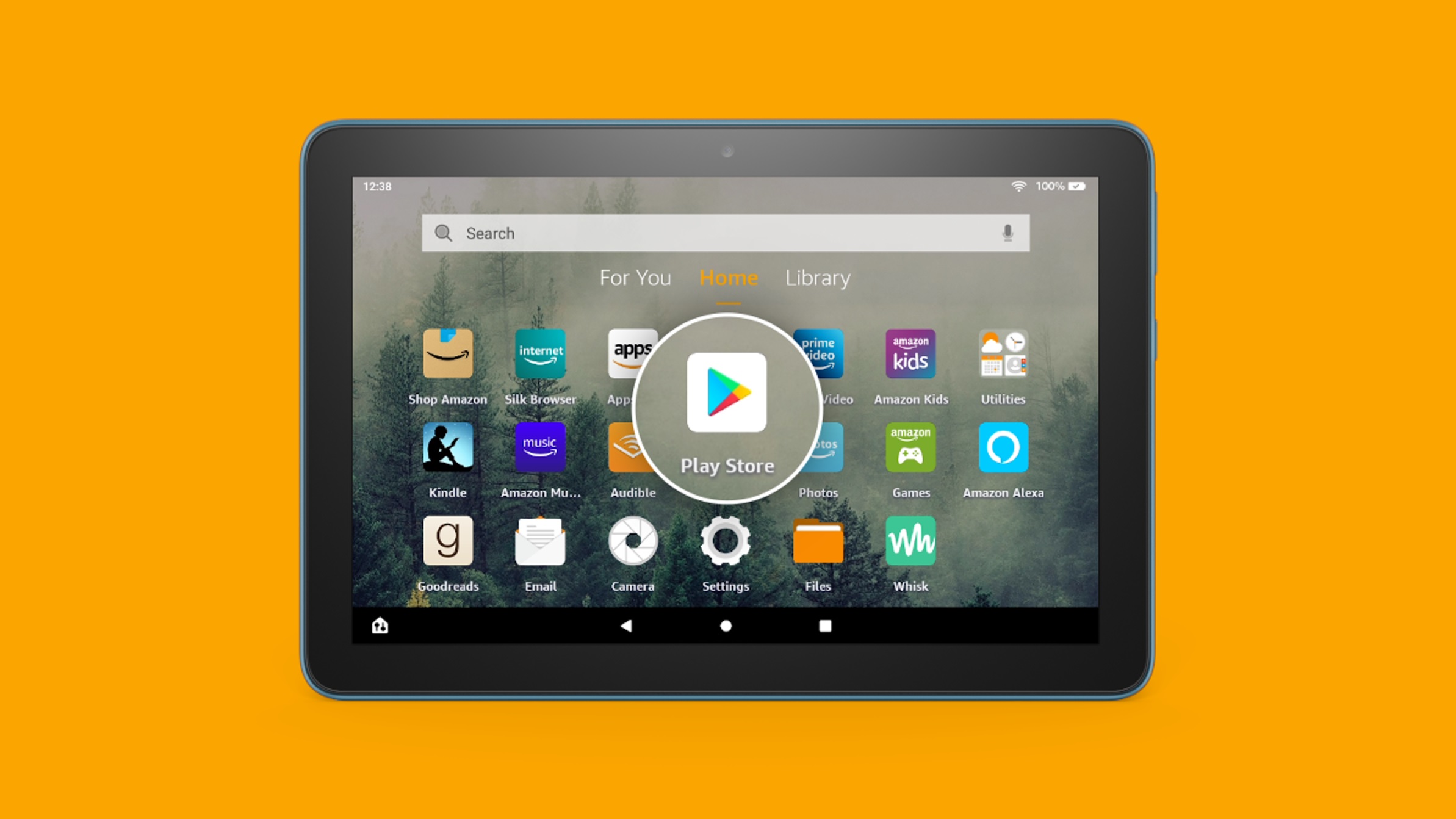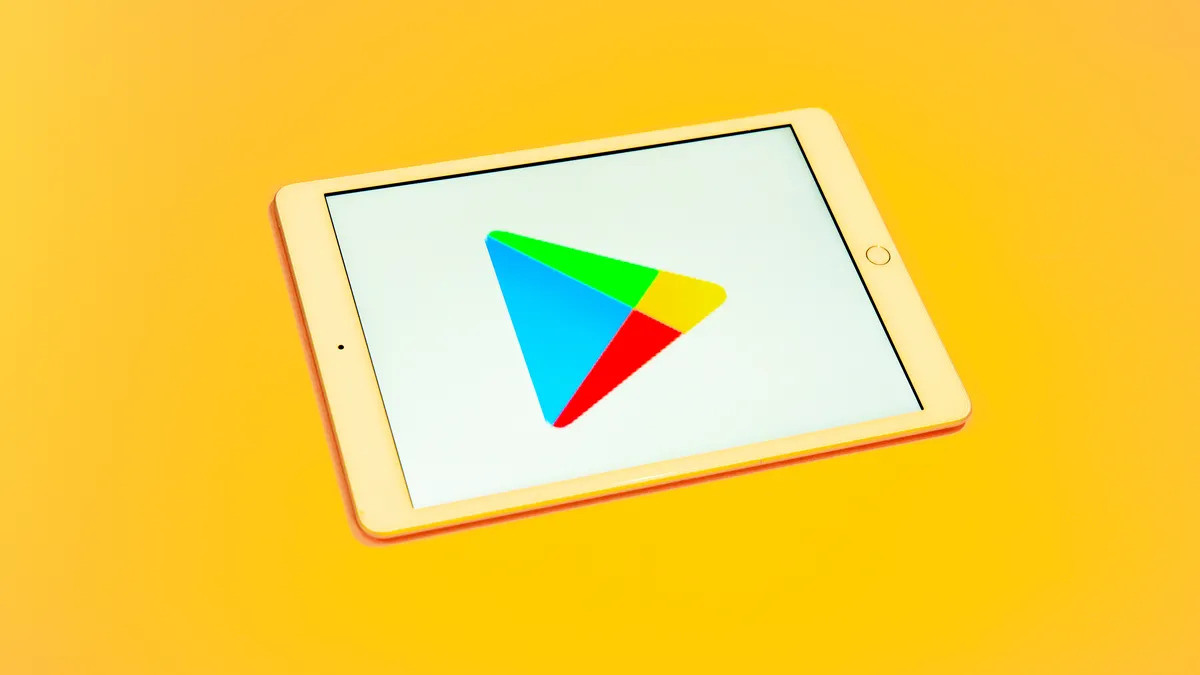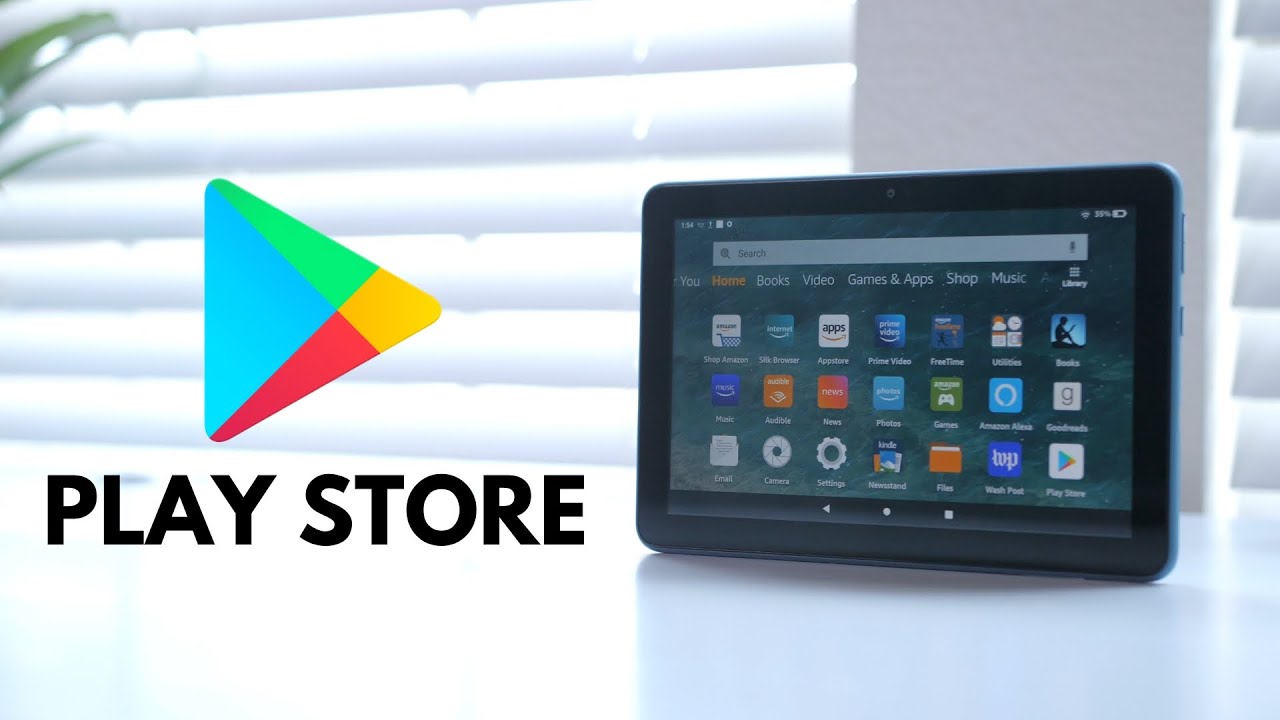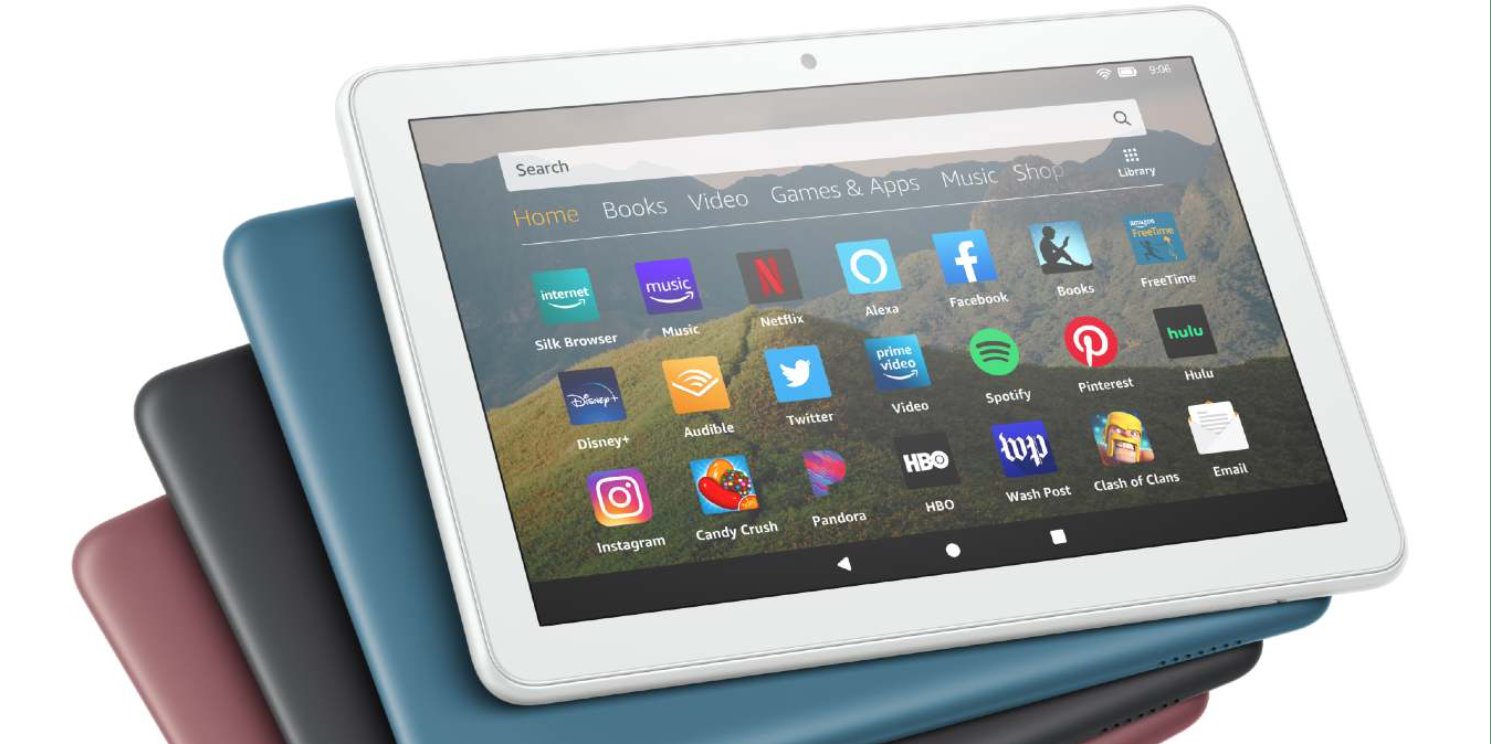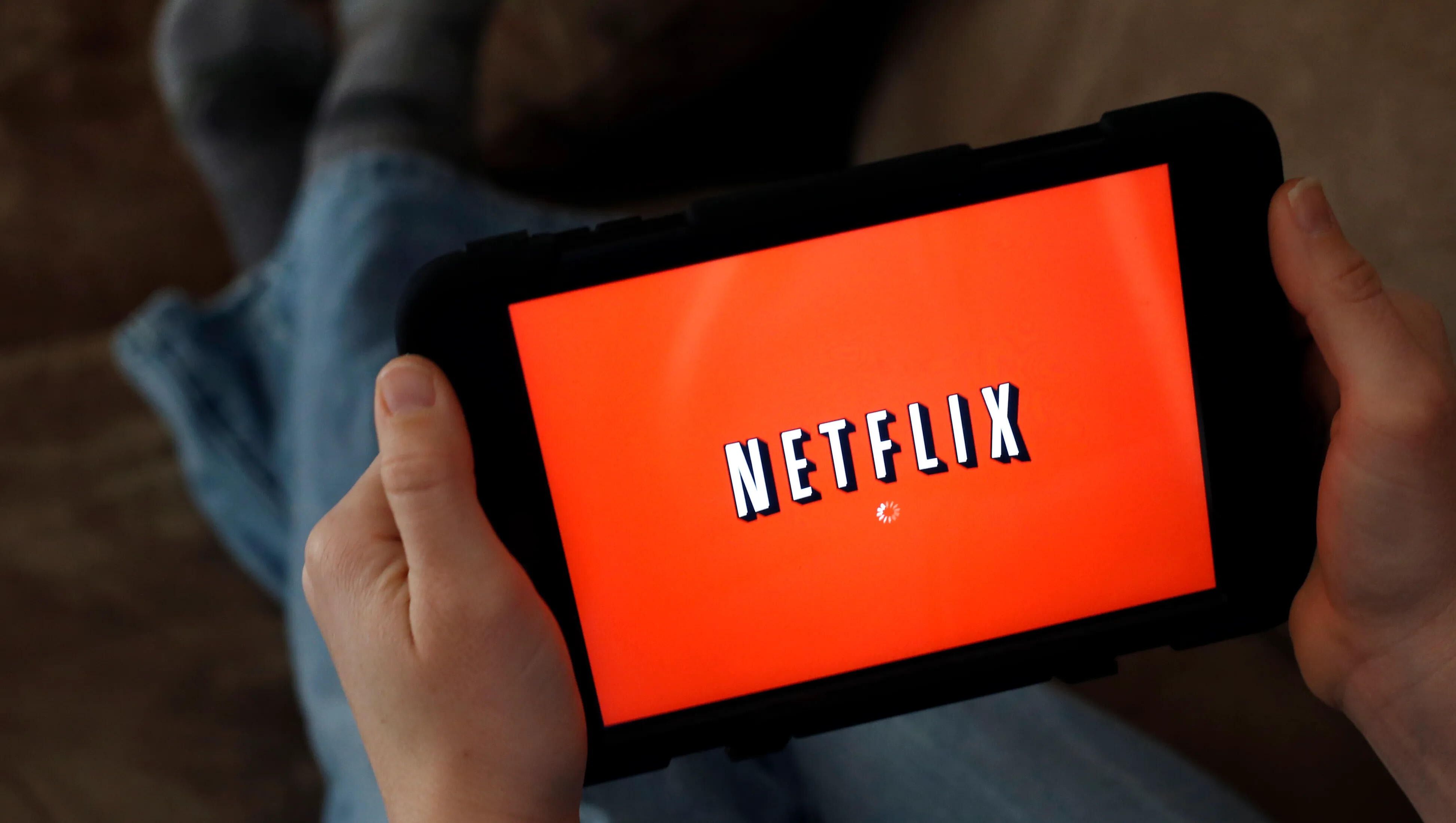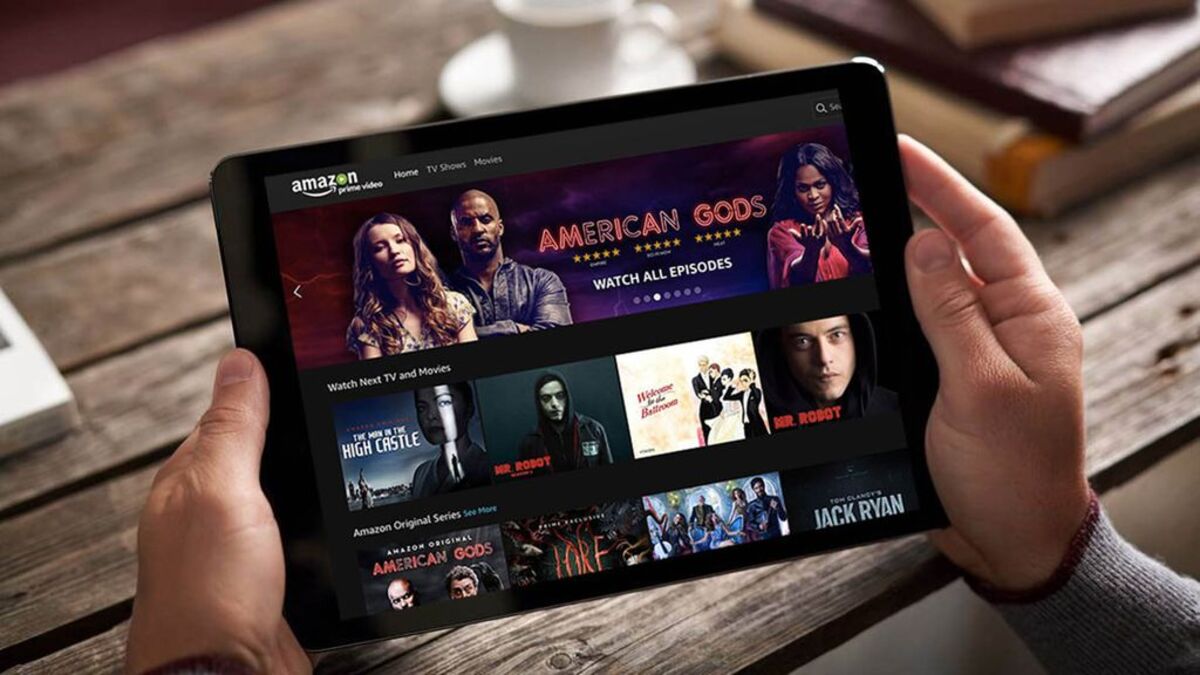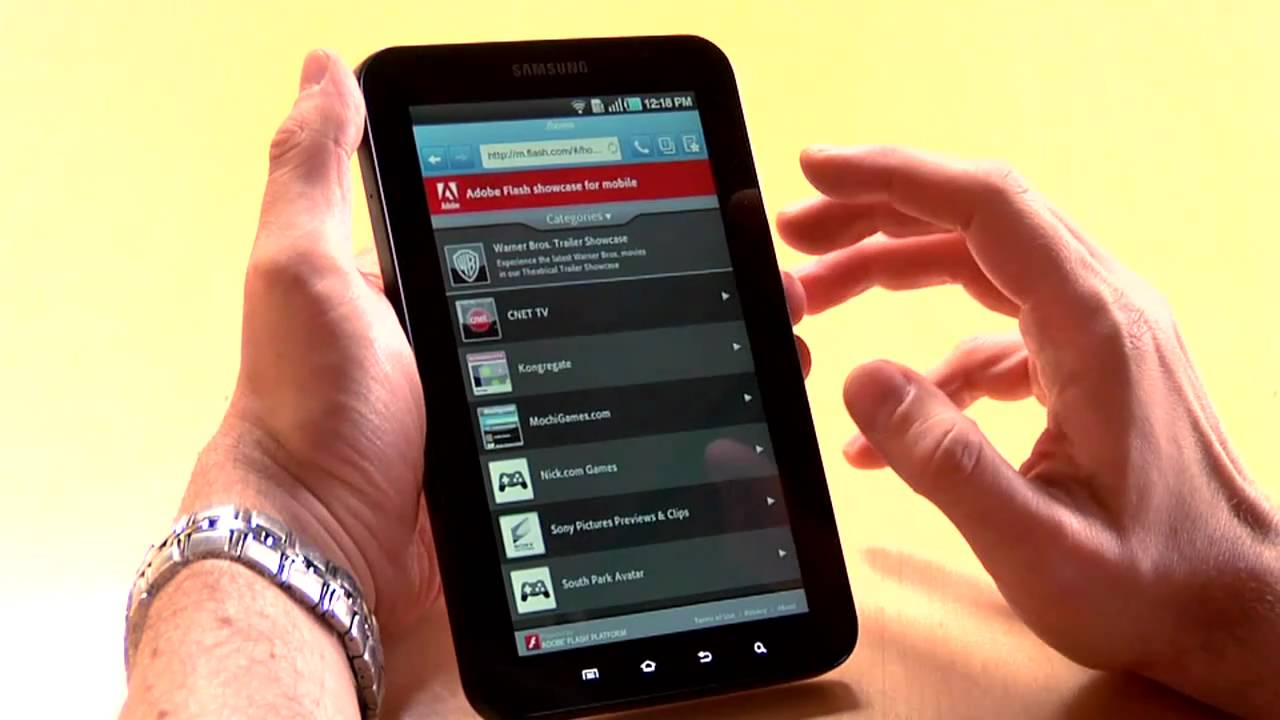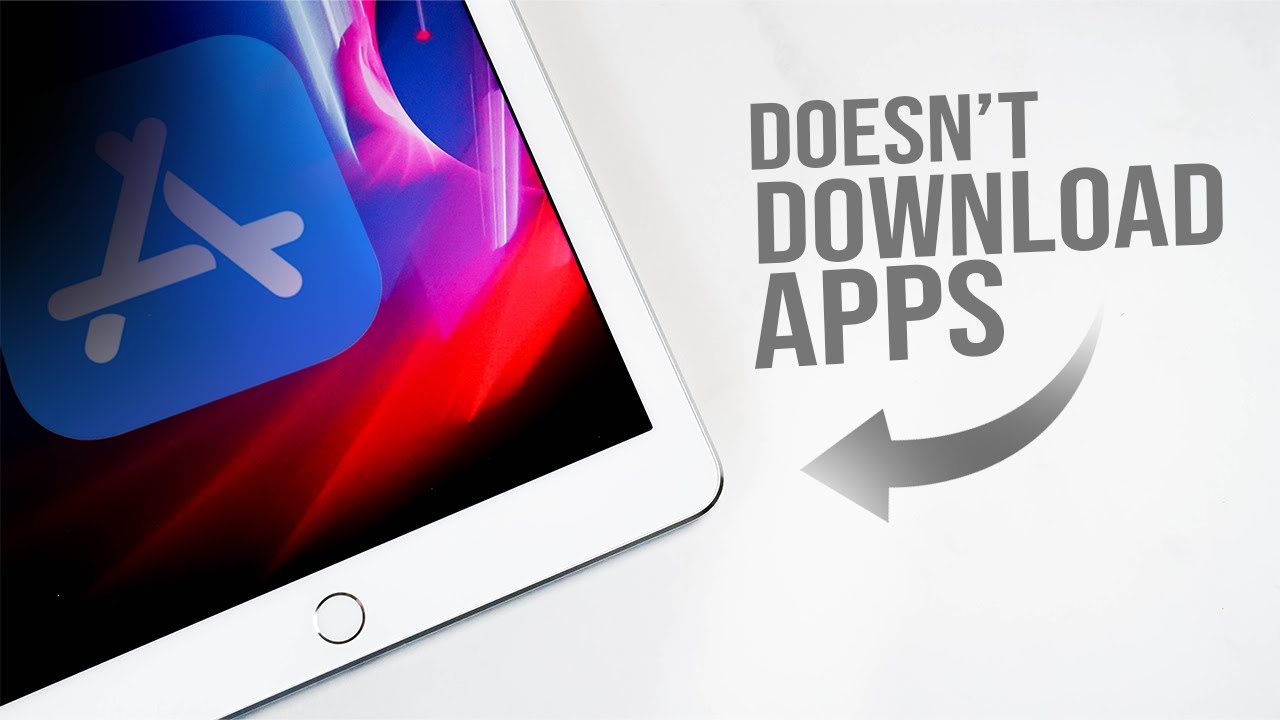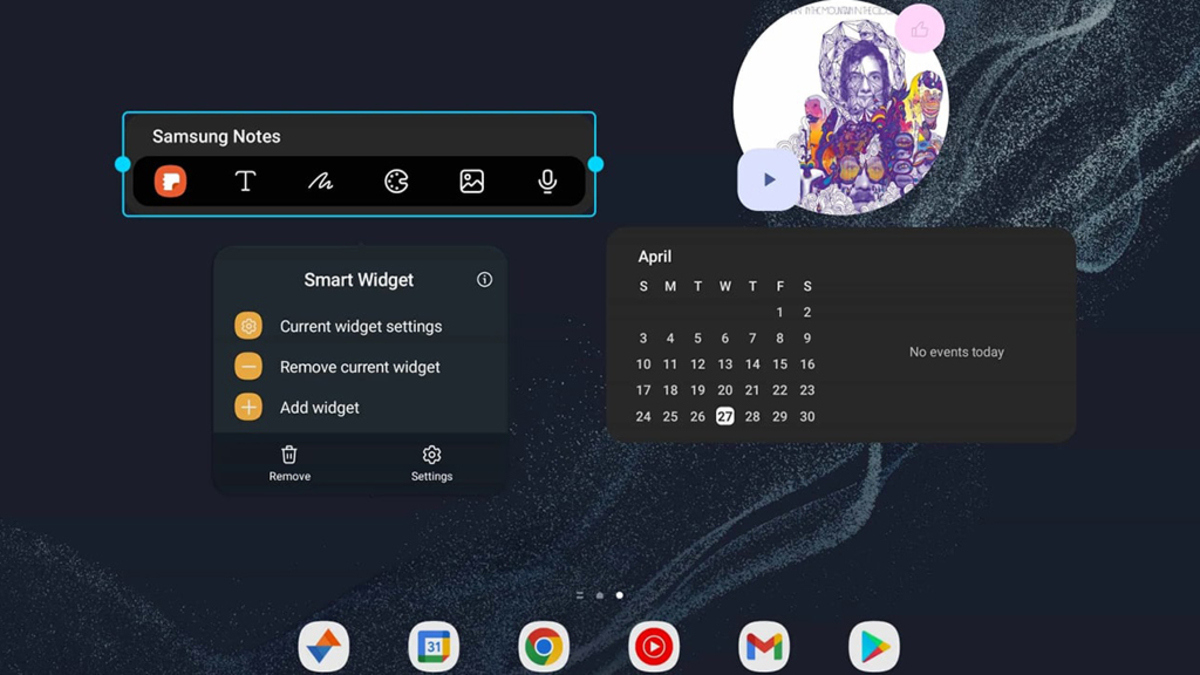Introduction
Welcome to the world of apps! The Google Play Store is a treasure trove of applications, games, and other digital content, and having access to it on your tablet can greatly enhance your user experience. Whether you just purchased a new tablet or your device came without the Google Play Store pre-installed, you can easily download and install it to start exploring the vast array of apps available.
In this guide, we will walk you through the step-by-step process of downloading and installing the Google Play Store on your tablet. No matter what brand or model you own, as long as it runs on an Android operating system, you can follow these instructions to access the Play Store and enjoy a wide range of apps and games.
Before we get started, it’s important to note that downloading the Google Play Store from sources other than the official Google Play Store can be risky. It’s always recommended to get the Play Store directly from Google to ensure security and functionality. Now, let’s dive into the steps needed to bring the Play Store to your tablet!
Note: The instructions provided here are general and may vary slightly depending on the tablet’s make and model. However, these steps should give you a good starting point and general understanding of the process.
Step 1: Check Compatibility
Before proceeding with the installation, it’s important to ensure that your tablet is compatible with the Google Play Store. While most Android tablets come with the Play Store pre-installed, there are certain instances where it may be missing or disabled. Here’s how you can check compatibility:
1. Open the Settings menu on your tablet. This can usually be done by tapping the gear icon in the notification panel or by locating the Settings app in your app drawer.
2. In the Settings menu, scroll down and look for an option called “Apps” or “Application Manager”. Tap on it to proceed.
3. Within the Apps menu, you should see a list of all the apps installed on your tablet. Look for the Google Play Store app. If you find it, it means your tablet already has the Play Store installed and you can skip to the next step. However, if you don’t see it, it means you need to download and install it.
4. If you couldn’t find the Play Store on your tablet, you can try to enable it. Go back to the main Settings menu and look for “Security” or “Privacy” options. Tap on it.
5. Within the Security or Privacy menu, locate the option called “Unknown Sources” or “Allow installation from unknown sources”. Enabling this option will allow you to download apps from sources other than the Play Store.
6. After enabling the Unknown Sources option, you can proceed to download and install the Google Play Store on your tablet using the APK file (Android application package file), which is the file format used to distribute and install apps on the Android platform.
By checking the compatibility of your tablet, you ensure that you’re on the right track to installing the Google Play Store. Once you’re certain about your tablet’s compatibility, you can move on to the next step and enable the necessary settings to install the Play Store. So, let’s dive into Step 2: Enable Unknown Sources.
Step 2: Enable Unknown Sources
To install the Google Play Store from an APK file, you need to enable the “Unknown Sources” option on your tablet. This option allows you to install apps from sources other than the official Google Play Store. Here’s how you can enable it:
1. Open the Settings menu on your tablet. This can generally be done by tapping the gear icon in the notification panel or by locating the Settings app in your app drawer.
2. Look for the “Security” or “Privacy” option in the Settings menu and tap on it.
3. Within the Security or Privacy settings, you should find the “Unknown Sources” option. It may also be labeled as “Allow installation from unknown sources” or something similar. Tap on it to enable the option.
4. A warning message might appear, informing you about the potential risks associated with enabling this option. Keep in mind that downloading apps from unknown sources can pose security risks, so be cautious and only download apps from trusted sources.
5. Once you have enabled the Unknown Sources option, you can proceed to download the Google Play Store APK file. This file contains the necessary files and information to install the Play Store on your tablet.
Enabling the Unknown Sources option gives you the flexibility to install apps from third-party sources. However, it’s important to exercise caution and only download apps from trusted sources to mitigate any potential security risks. In the next step, we will guide you through the process of downloading the APK file for the Google Play Store. Let’s move on to Step 3: Download APK File.
Step 3: Download APK File
Once you have enabled the “Unknown Sources” option on your tablet, you can proceed to download the APK file for the Google Play Store. The APK file serves as the installer for the Play Store, allowing you to install it manually. Here’s how you can download the APK file:
1. Open a web browser on your tablet and navigate to a trusted source to download the Google Play Store APK file. There are several websites that provide APK files, so ensure that you choose a reputable source.
2. Once you have found a reliable source, search for “Google Play Store APK” in the website’s search bar or browse their app collection to locate the Play Store APK file.
3. When you find the appropriate APK file, tap on the download button or link. The APK file will begin to download to your tablet.
4. Depending on your tablet’s settings, you may receive a notification that the file is being downloaded. Alternatively, you can check the Downloads folder on your device to locate the APK file.
By downloading the APK file from a trusted source, you can have peace of mind knowing that you’re obtaining it from a reliable location. Once the APK file is successfully downloaded to your tablet, you can proceed to the next step and install the Google Play Store. Let’s move on to Step 4: Install Google Play Store.
Step 4: Install Google Play Store
Now that you have the Google Play Store APK file downloaded to your tablet, it’s time to proceed with the installation process. Follow these steps to install the Play Store:
1. Open the file manager or file explorer app on your tablet. This app is usually pre-installed on most Android devices and can be found in the app drawer or as a separate icon on your home screen.
2. Navigate to the folder where the downloaded APK file is located. It is typically found in the “Downloads” folder or the location you chose during the download process.
3. Tap on the APK file to initiate the installation. You may be prompted with a confirmation screen asking if you want to install the app. Tap on “Install” to proceed.
4. The installation process may take a few seconds to complete. Once the installation is finished, you will see a notification confirming that the Google Play Store has been successfully installed on your tablet.
5. You can now go back to your home screen or app drawer, and you should see the Play Store icon among your other installed apps.
By following these steps, you have successfully installed the Google Play Store on your tablet. However, to fully utilize its features and functionality, you will need to sign in to your Google account. In the next step, we will guide you through the process of signing in. Let’s move on to Step 5: Sign in to Google Account.
Step 5: Sign in to Google Account
After successfully installing the Google Play Store on your tablet, the next step is to sign in to your Google account. By signing in, you gain access to your personalized app library, app recommendations, and various other features. Here’s how you can sign in:
1. Locate the Google Play Store icon on your tablet’s home screen or app drawer and tap on it to open the app.
2. Upon launching the Play Store, you will be greeted with a welcome screen. Tap on the “Sign In” button or the option to sign in using your Google account.
3. If you have multiple Google accounts on your tablet, you will be prompted to choose the account you want to use. Select the desired account from the list or tap on “Add Account” to add a new account.
4. Enter your Google account credentials, including your email address and password. If you have two-step verification enabled for your account, you may be required to complete an additional verification process.
5. After entering your credentials, tap on the “Next” or “Sign In” button. The Google Play Store will verify your account information and sign you in.
6. Once you have successfully signed in, you will have access to your personalized Google Play Store experience. You can now browse and download apps, games, movies, books, and more from the extensive collection available in the Play Store.
Signing in to your Google account enables synchronization across your devices, allowing you to access your apps, purchases, and preferences on multiple devices. Now that you’re signed in to the Play Store, you may want to update it to ensure you have the latest features and bug fixes. In the next step, we will guide you through the process of updating the Google Play Store. Let’s move on to Step 6: Update Google Play Store.
Step 6: Update Google Play Store
After signing in to your Google account and accessing the Google Play Store on your tablet, it’s essential to keep the app up to date to ensure you have the latest features, improvements, and security patches. Here’s how you can update the Google Play Store:
1. Open the Google Play Store app on your tablet.
2. Tap on the three horizontal lines, often referred to as the “hamburger” or menu icon, located in the top-left corner of the Play Store.
3. In the menu that appears, scroll down and select “Settings” from the list of options.
4. Within the Settings menu, scroll down and look for the “Play Store Version” or “Build Version” option. Tap on it.
5. The Play Store will then check for updates. If a newer version is available, you will be prompted to update the app. Tap on the “Update” button to start the update process.
6. The update process may take a few moments. Once the update is complete, you will receive a notification confirming that the Google Play Store has been updated.
7. You can now continue to use the updated version of the Play Store, taking advantage of the latest features and improvements.
Regularly updating the Google Play Store ensures that you have access to the latest apps, security patches, and performance enhancements. By keeping the Play Store up to date, you can have a seamless and optimized app experience on your tablet. However, if you encounter any issues or face difficulties during the installation or updating process, don’t worry. In the next step, we will provide you with some troubleshooting tips. Let’s move on to Step 7: Troubleshooting Tips.
Step 7: Troubleshooting Tips
While installing and using the Google Play Store on your tablet is usually a straightforward process, you may occasionally encounter some issues or face difficulties. Here are some troubleshooting tips to help you overcome common problems:
1. Clear the Play Store cache: If you’re experiencing issues with the Play Store, such as slow loading, app download errors, or random crashes, clearing the Play Store cache can often resolve the problem. Go to the Settings menu on your tablet, then tap on “Apps” or “Application Manager”. Find the Google Play Store app and select it. Tap on “Storage” or “Cache” and choose the option to clear the cache. Restart your tablet and check if the issue persists.
2. Update your tablet’s software: Outdated operating systems can sometimes cause compatibility issues with the Google Play Store. Go to the Settings menu on your tablet, then look for the “System” or “Software Update” option. Select it and check for any available updates. If an update is available, download and install it to ensure your tablet is running the latest software version.
3. Check your internet connection: A stable and reliable internet connection is essential for the functioning of the Play Store. Make sure that your tablet is connected to a strong Wi-Fi network or mobile data connection. If you’re experiencing connectivity issues, try resetting your router or switching to a different network to see if the problem persists.
4. Verify your Google account credentials: If you’re unable to sign in to your Google account on the Play Store, double-check that you’ve entered the correct email address and password. Verify that you have a stable internet connection and that your account is not locked or suspended. If you’re still unable to sign in, you may need to reset your Google account password or contact Google support for assistance.
5. Uninstall and reinstall the Play Store: As a last resort, if you’re encountering persistent issues with the Play Store, you can try uninstalling the app and then reinstalling it. Go to the Settings menu on your tablet, then tap on “Apps” or “Application Manager”. Locate the Google Play Store app, select it, and choose the option to uninstall. Afterward, download the latest APK file for the Play Store and reinstall it using the steps mentioned earlier.
By following these troubleshooting tips, you can often resolve common issues with the Google Play Store on your tablet. However, if you continue to experience problems, it’s best to consult with the manufacturer’s support or seek assistance from a professional technician.
Conclusion
Congratulations! You have successfully learned how to download and install the Google Play Store on your tablet. By following the step-by-step instructions provided in this guide, you can now enjoy a wide range of apps, games, movies, books, and more from the Play Store.
Remember to always check the compatibility of your tablet and enable the “Unknown Sources” option to install the Play Store. Download the APK file from trusted sources and ensure a stable internet connection to have a smooth installation process. Signing in to your Google account allows you to personalize your Play Store experience, access your purchased apps, and enjoy other features.
Don’t forget to periodically check for updates to the Play Store to ensure that you have the latest features and security patches. In case you encounter any issues, use the troubleshooting tips provided to overcome common problems and enjoy a seamless app experience on your tablet.
We hope this guide has been helpful in assisting you with downloading and installing the Google Play Store on your tablet. Now, go ahead and explore the vast collection of apps and entertainment that the Play Store has to offer!







